Variety, origin, altitude, soil type, farming, processing and brewing – all these affect how your coffee tastes when it ends up in your cup. However, if we were to focus on one factor that has a huge influence on the flavours you enjoy, it would be the roasting of coffee beans.
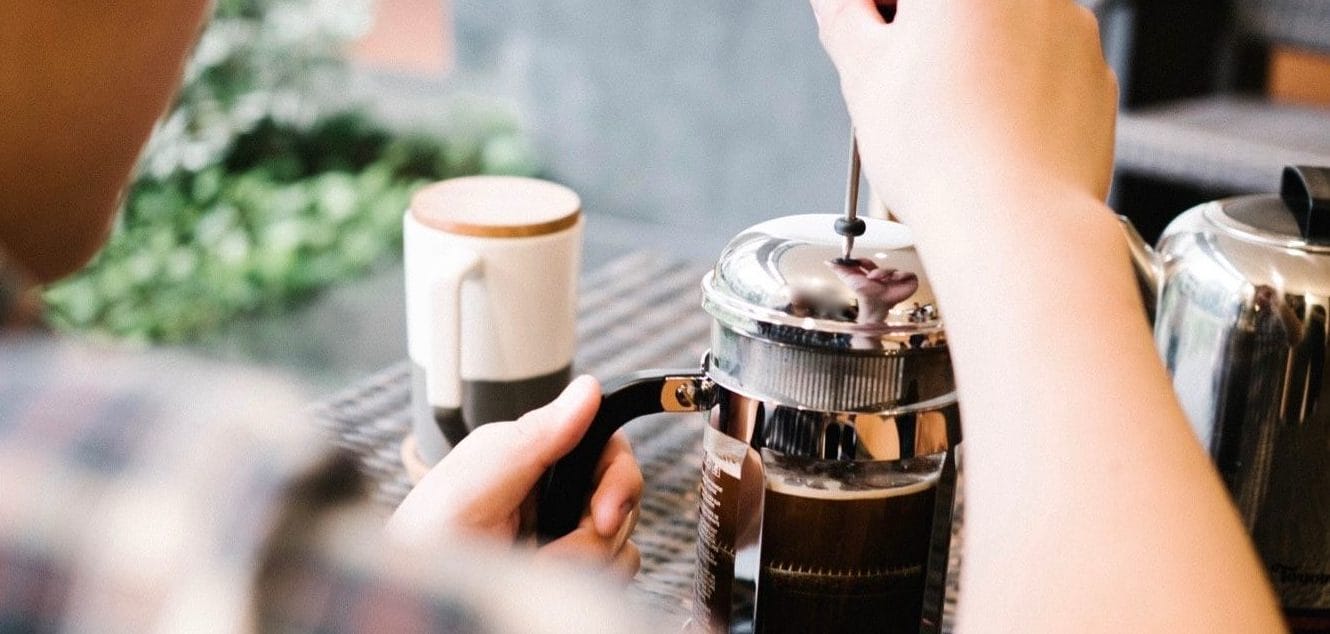
The process of roasting coffee beans has been around since civilisation realised that they could produce a fine, potent drink from the cherries of a coffee plant. Starting in the early days when peeled beans were heated over an open flame, coffee bean roasting has gone through many refinements over the centuries.
Today, roasting coffee beans is regarded as both an art AND a science. This is because an unskilled roaster could ruin a batch of beautiful beans quite easily. It takes a great deal of experience, calculation, and that elusive roaster’s “sixth sense” to really bring out the distinct essence of any green coffee bean.
Now let’s take a deeper look into the coffee roasting process and how exactly it affects the brews that you enjoy every day.
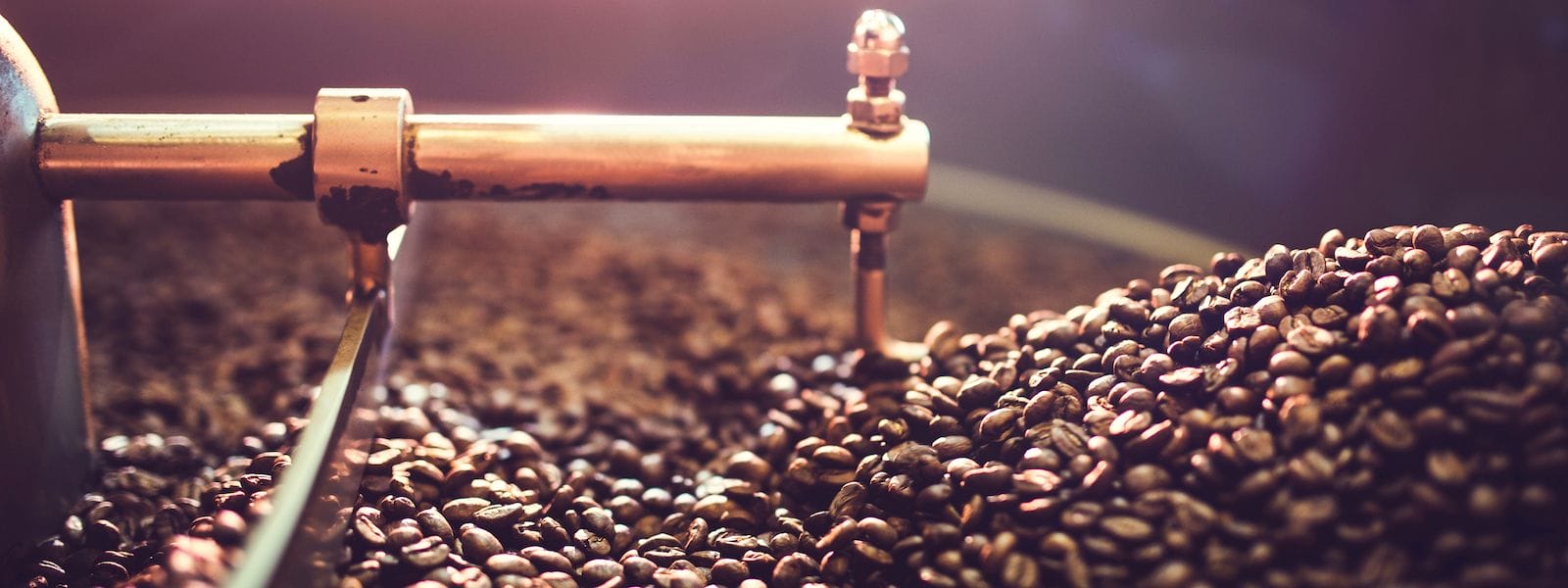
THE PROCESS OF ROASTING COFFEE BEANS
Coffee bean roasting is quite like cooking. In the same way that a chef gauges how food is cooked to perfection, a coffee bean roaster has to keep a close eye (and ear and nose) on the beans. From the moment, the beans are hit with heat through to the different phases of the roasting process, a great roaster intuitively knows what to do.
Homework before the roast
Even before the coffee bean roasting process begins, a roaster has to do his homework. He needs to know all about the beans he is about to roast down to the variety, type and flavour note it may have. This allows him to create a roasting profile that will best highlight the distinct qualities of each bean. Once this is done, it is time to roast!
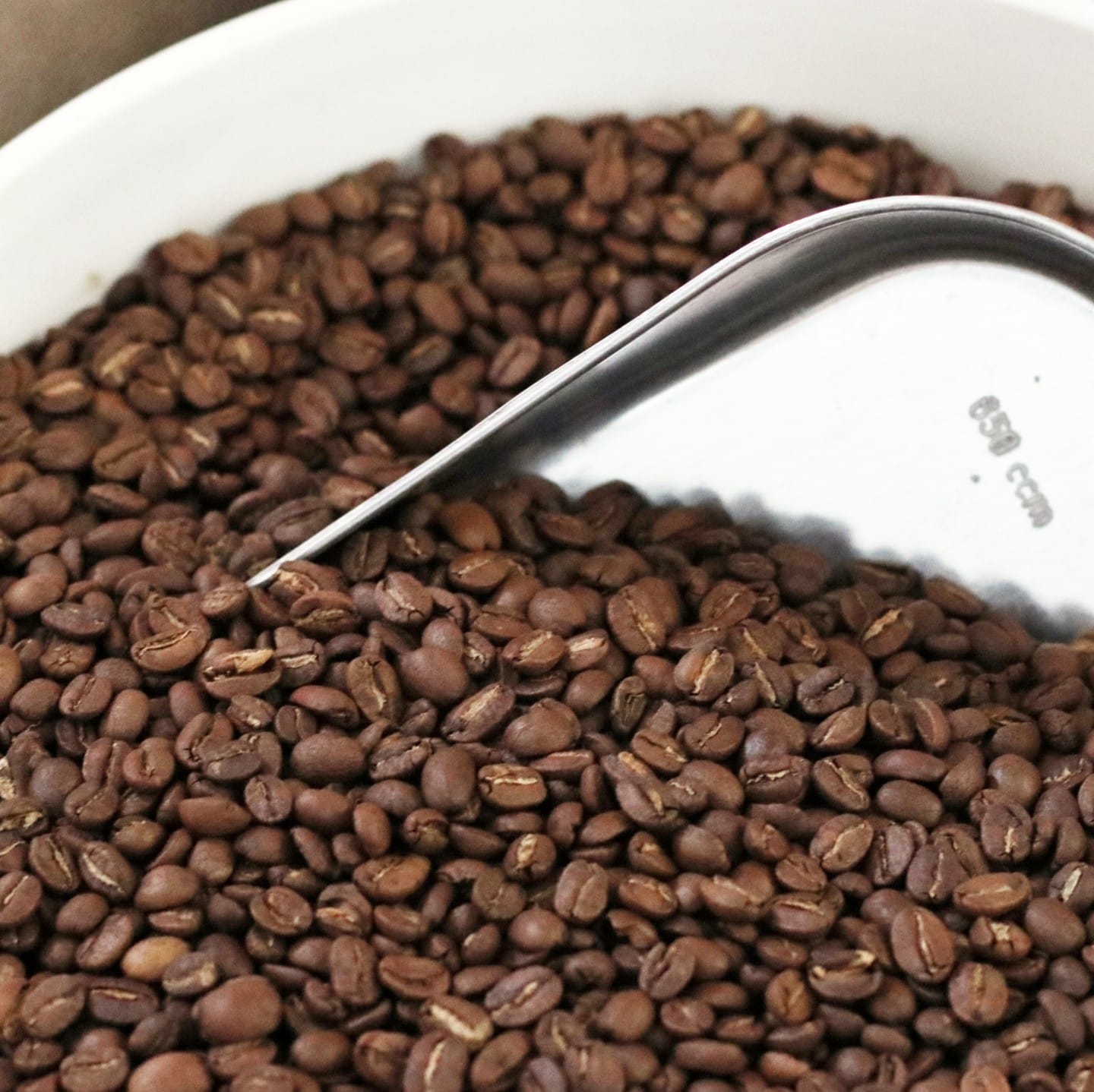
Steps to roasting coffee beans, minute by minute
- Drying (zero to three minutes). This is the first stage of the roasting process. At this point, the coffee is still green. It’s been harvested and processed (through wet or natural coffee processing) and may contain between 10-12% water. This amount of moisture must first be driven away as the beans are heated which usually is completed by three minutes into the roast process.
- Yellow to light brown (from three to eight minutes). After drawing water and moisture completely out from green beans, different changes start to occur. The beans change colour from green to yellow to light brown. This shows that the sugars within the beans are breaking down and their chemistry changes. There may also be a grassy or toasted grain aroma coming from the roasting drum.
- First crack (from eight to eight and a half minutes). As heat pressure builds within the beans, it tries to escape. This results in the first crack where the beans literally burst. This can be heard as a clear popping sound. You will also notice that the beans have expanded as heat is released. This first crack stage is short-lived as the beans absorb and give off heat, making the roasting process from here very critical.
- Development (from eight and a half to ten minutes). This is the most important roasting stage. Many chemical changes happen to the beans, greatly affecting their aroma and flavour. If the development stage is too long, the beans turn acidic. Too hot, and the beans’ sugars will over-caramelize. It’s all up to the roaster’s skill in determining how long he will allow the beans to develop thereby creating their unique roasting profiles.
- End of roasting. Once the roaster has finally gotten his desired roast profile, he will then quickly remove the beans from the roaster and cool them rapidly.
- De-gassing. The beans are allowed to de-gas for about 15 to 24 hours in a breathable container. These are usually bags with one-way valves that allow gas to escape. Here the beans fully develop their flavour before they are prepared for brewing.
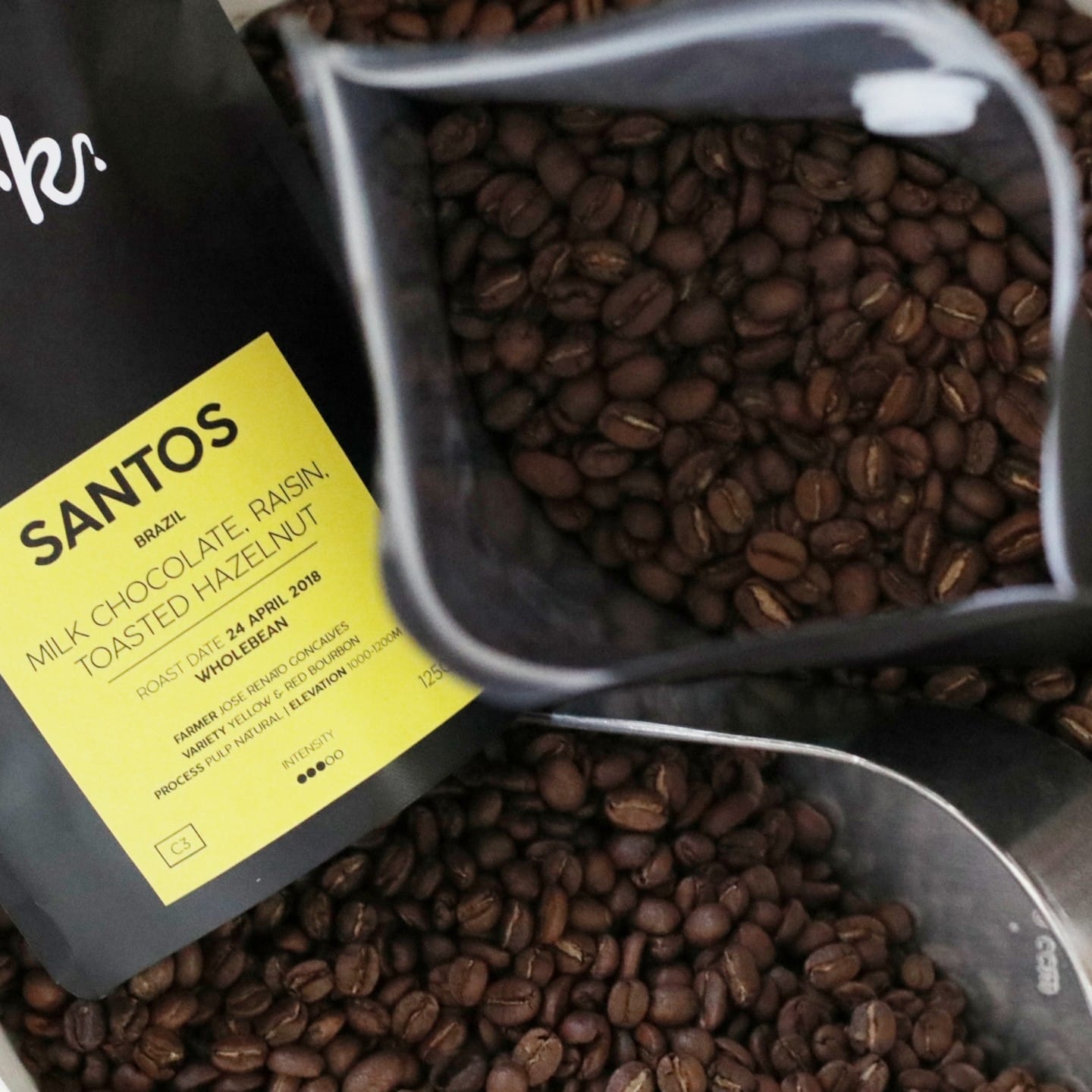
COFFEE ROASTING PROFILES
How your coffee tastes can be greatly impacted by the roasting profiles. Here’s a quick guide for you. Can you pick the one you would prefer?
City Roast (400 – 415 degrees F)
This is the lightest roast for coffee beans. With this, you can still taste much of the beans’ original character. This also has the highest level of caffeine because the longer a bean roasts, the more the pick-me-up compound (caffeine) breaks down.
Full City Roast (415 –445 degrees F)
Beans are roasted to just before the second crack or sometimes ten seconds into the second crack. Here the beans’ cellulose further fractures and the beans will have a medium brown color.
Vienna Roast (446 – 465 degrees F)
This type of roast is where the original character of the coffee will give way to its roast character. Your cup of coffee will still taste full-bodied as it retains its aromatic compounds and oils.
French or Italian Roast (475 – 510 degrees F)
At this point, the beans turn a dark, rich brown color as the sugars caramelize. The beans continue to expand, but the oils and aromatic compounds are also being cooked off.
Spanish Roast (520 – 530 degrees F)
With this roast, the aromatic and flavour compounds are highly degraded as the beans get close to catching fire. Beans will have a third crack as they turn to carbon, resulting in a very thin, if not a burnt-flavoured cup of coffee. Still, there are many expert roasters that are able to pull off this roast profile and come up with a sweet-tasting coffee with subtle acidity.
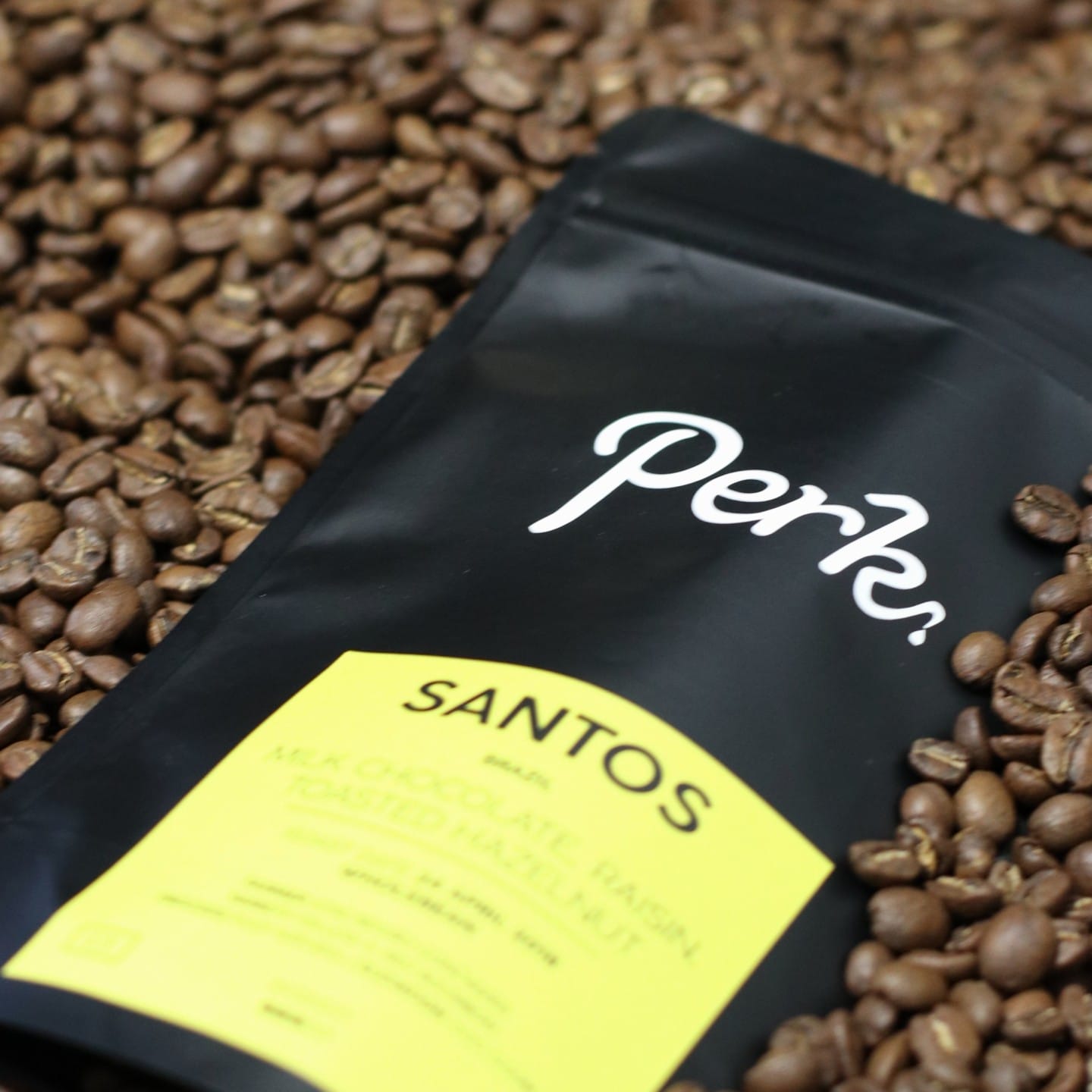
So there you have it. Whether you like a light or very dark roast, ultimately it’s about what tastes great for you. Perk has a great range of beans roasted from medium to dark for you to explore. You can also learn more about coffee on our blog – The Perk. Also, do check out these guys if you’d like to do some roasting of your own.
